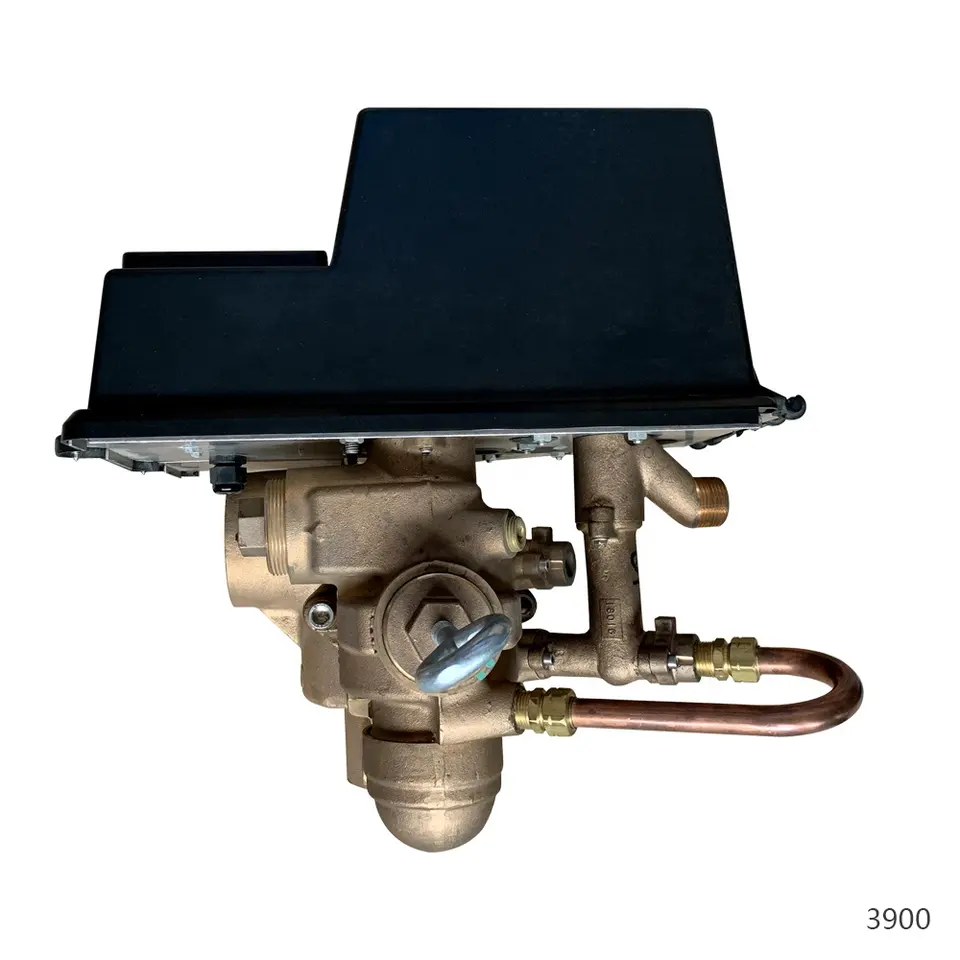Table of Contents
Understanding the Function and Maintenance of Your Main Water Control Valve
The main water control valve, also known as the shut-off valve, is a critical component of any residential or commercial plumbing system. It is the primary mechanism that controls the flow of water into a building, allowing for the regulation of water supply as needed. Understanding the function and maintenance of your main water control valve is essential to ensure the smooth operation of your plumbing system and to prevent potential water damage.
The main water control valve is typically located near the water meter, either inside or outside the building. It is designed to completely stop the flow of water into the building when turned off, and to allow water to flow freely when turned on. This function is particularly useful in situations where plumbing repairs or maintenance are required, as it allows for the water supply to be temporarily cut off to prevent flooding or water damage.
The operation of the main water control valve is relatively straightforward. It typically consists of a wheel or lever that can be turned clockwise to shut off the water supply, and counterclockwise to turn it back on. However, it is important to note that the valve should be turned slowly and gently to prevent damage to the plumbing system.
| Model | Category | Water Capacity m3/h | LCD | LED | ICON | DIODE |
| ASB2 | Automatic Softener Valve | 2 | O | O | O | O |
| ASB4 | Automatic Softener Valve | 4 | O | O | O | O |
Maintaining your main water control valve is crucial to ensure its longevity and proper function. Regular inspection is recommended to identify any potential issues early on. Signs of a malfunctioning valve may include a leak, rust, or difficulty in turning the valve. If any of these signs are observed, it is advisable to seek professional help immediately to prevent further damage.
In addition to regular inspection, it is also important to exercise the valve periodically. This involves turning the valve off and then back on again, which helps to prevent it from becoming stuck due to rust or mineral deposits. This exercise should be done at least once a year, or more frequently in areas with hard water.
While the main water control valve is designed to be durable and long-lasting, it is not immune to wear and tear. Over time, the valve may become worn out and require replacement. This is a complex task that should be carried out by a professional plumber to ensure that it is done correctly and safely.

In conclusion, the main water control valve plays a vital role in controlling the water supply to a building. Understanding its function and maintaining it properly can help to prevent potential water damage and ensure the smooth operation of your plumbing system. Regular inspection and exercise of the valve, as well as timely replacement when necessary, are key to maintaining the health of your main water control valve. By taking these steps, you can ensure that your main water control valve continues to function effectively for many years to come.
